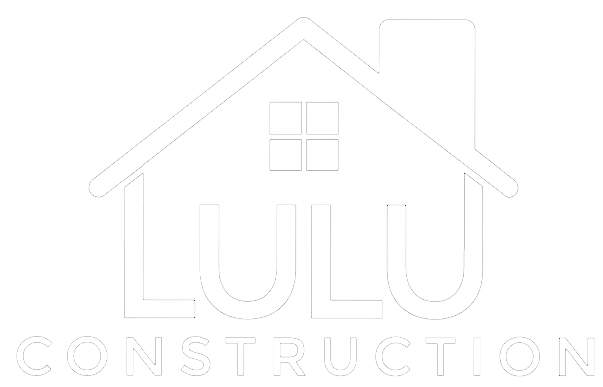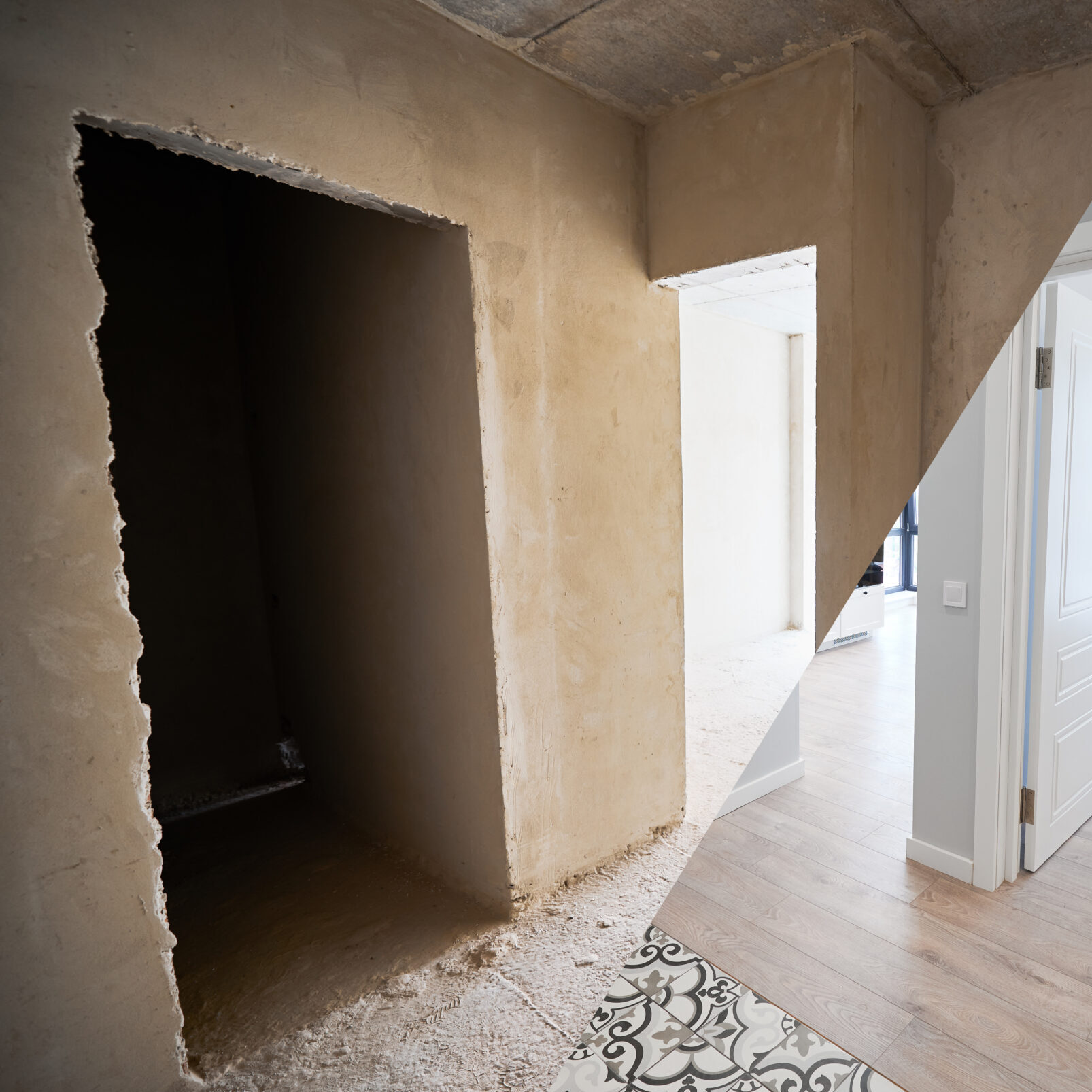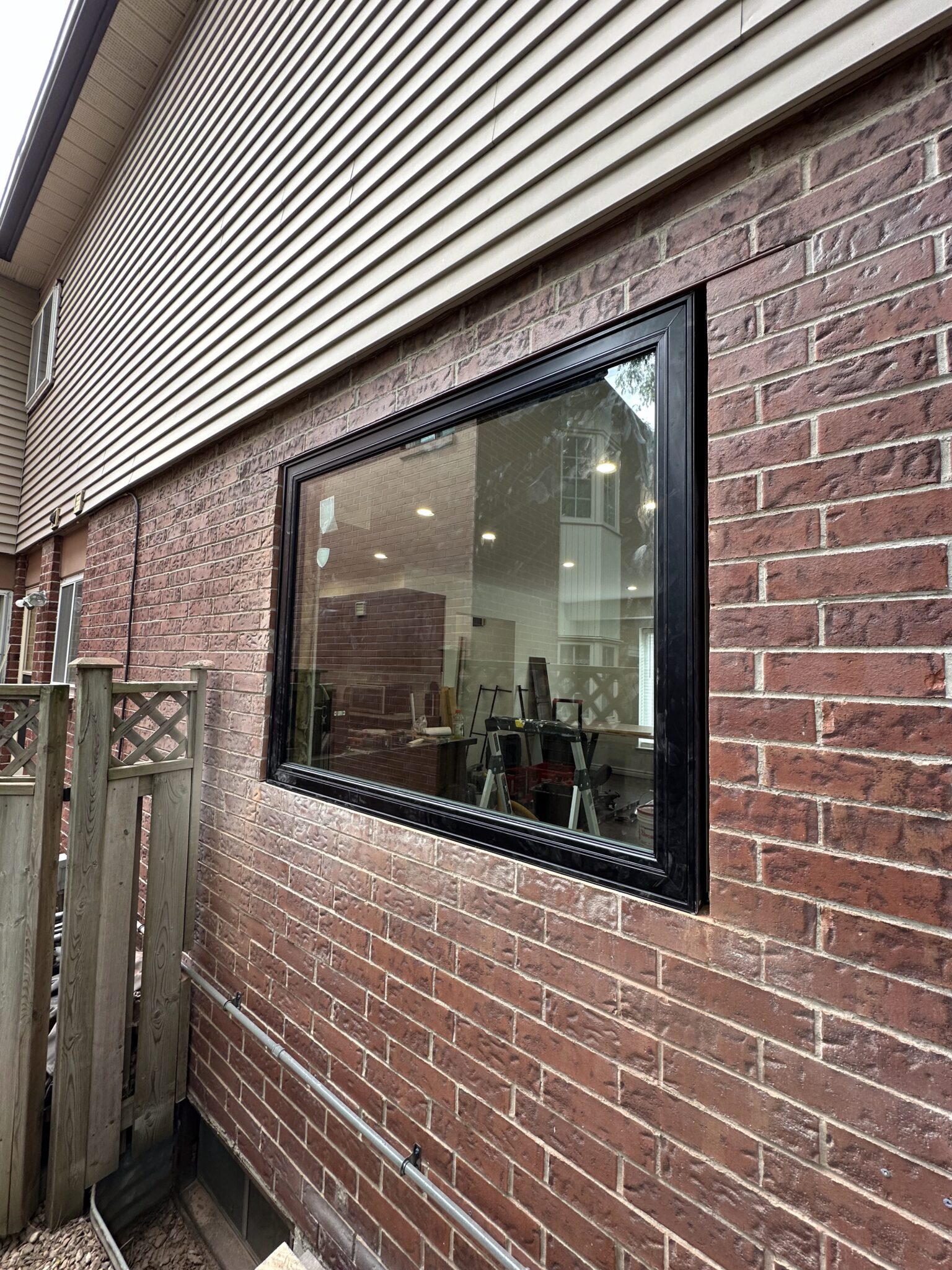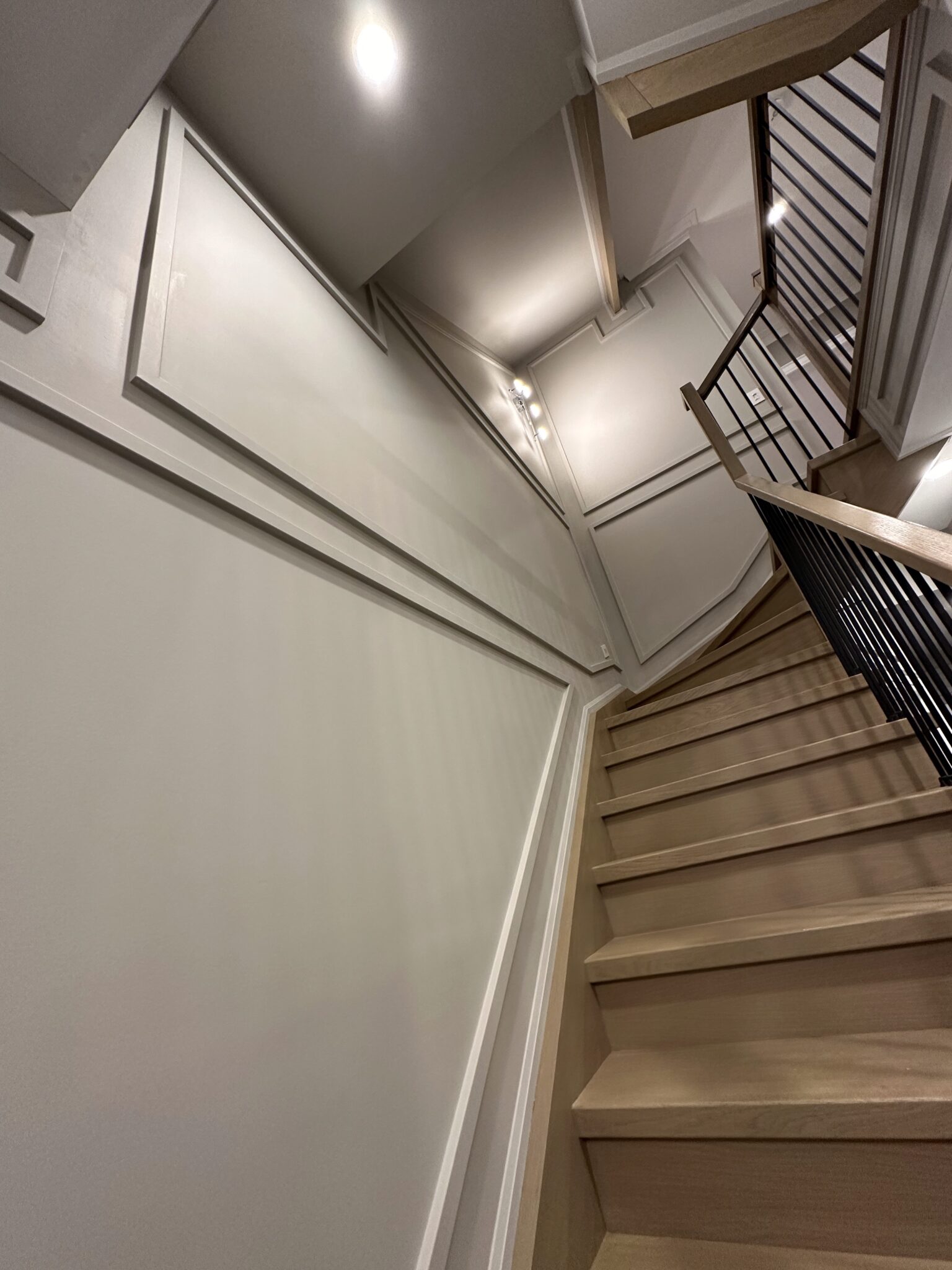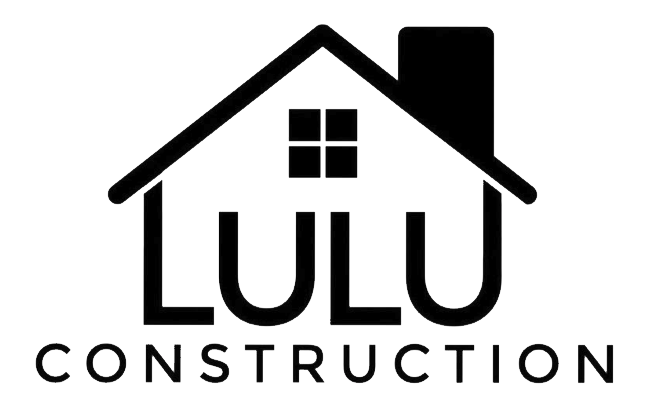
THe Lulu Construction Difference
Our Blog

The Benefits of Sustainability
Why eco-friendly building is the way forward towards a brighter tomorrow.
The Benefits of Sustainability
Why eco-friendly building is the way forward towards a brighter tomorrow.

Sustainability in construction has transitioned from being a niche trend to a mainstream necessity. As concerns about climate change grow, adopting eco-friendly building practices is no longer optional—it’s essential. By integrating sustainable materials, energy-efficient systems, and innovative building techniques, both homeowners and commercial property owners can create structures that are kinder to the environment and more cost-effective in the long run.
One of the most significant benefits of sustainable construction is energy efficiency. Eco-friendly buildings often utilize renewable energy sources such as solar panels and energy-efficient insulation, drastically reducing electricity bills. Additionally, features like rainwater harvesting systems and low-flow plumbing fixtures conserve water, another precious resource. These elements not only lower utility costs but also decrease the property’s carbon footprint.
Sustainability also focuses on using renewable and recycled materials. Bamboo, reclaimed wood, and recycled steel are becoming popular choices that maintain structural integrity while reducing environmental impact. By using materials that are durable and require less maintenance, building owners can save money over the life of their structures.
Beyond environmental benefits, eco-friendly buildings have a positive impact on health and well-being. Improved indoor air quality, achieved through non-toxic materials and better ventilation systems, creates healthier spaces for occupants. For businesses, these healthier environments can lead to increased employee productivity and satisfaction.
Adopting sustainable practices is also a smart financial investment. Green-certified buildings often have higher property values and can qualify for tax incentives or rebates. In a competitive real estate market, sustainability gives your property an edge, attracting eco-conscious buyers or tenants.
In conclusion, sustainable construction is not just about preserving the environment; it’s about creating a future where buildings are efficient, economical, and healthy. By embracing eco-friendly practices, we pave the way for a brighter, greener tomorrow.
How to Budget for Your Project
Practical Tips to Manage Construction Costs Effectively

Budgeting for a construction project can feel overwhelming, but a well-planned budget is the key to a successful build or renovation. Whether you’re planning a small bathroom upgrade or a complete home renovation, these practical tips will help you manage costs effectively.
Start by determining your overall budget. Consider how much you’re willing to spend and factor in a contingency fund for unexpected expenses. Experts recommend setting aside 10-20% of your total budget for surprises like unforeseen structural issues or material price increases.
Next, prioritize your needs versus wants. Identify the essential elements of your project and separate them from aesthetic or optional upgrades. For example, ensuring quality plumbing or structural work takes precedence over decorative fixtures.
Get multiple quotes from contractors to compare costs. Be wary of estimates that seem too good to be true; they may lead to unexpected add-ons later. A detailed quote should include labour, materials, and a timeline. Be clear about your expectations to avoid miscommunication.
When it comes to materials, shop smart. Compare prices, look for sales, and consider alternatives. Sometimes, mid-range materials offer a similar aesthetic and durability as high-end options at a fraction of the cost. However, don’t sacrifice quality in areas that affect safety or longevity.
Track your expenses closely throughout the project. Use spreadsheets or budgeting apps to monitor spending in real-time. This will help you identify areas where you might be overspending and allow you to make adjustments before costs spiral out of control.
Finally, understand your financing options. If you’re not paying out-of-pocket, explore options like home equity loans, construction loans, or lines of credit. Work with your lender to understand the terms and ensure payments align with your budget.
By following these steps, you can ensure your construction project stays on track financially, reducing stress and delivering the results you envision without breaking the bank.
Understanding Permits and Approvals
What You Need to Know Before Starting a Build

Permits and approvals are a crucial aspect of any construction project, ensuring that your build complies with local laws, safety standards, and zoning regulations. Whether you’re adding a new deck, renovating your kitchen, or constructing a commercial building, understanding the permitting process can save you time, money, and headaches.
The first step is identifying which permits your project requires. Building permits are the most common, but depending on the scope of your work, you may also need electrical, plumbing, or HVAC permits. Some municipalities require additional zoning approvals or environmental assessments, especially for large-scale projects or those near protected areas.
Why are permits necessary? They ensure that your project meets local building codes designed to protect the safety of occupants and the structural integrity of the property. Skipping permits can lead to fines, work stoppages, or even having to tear down completed work. Additionally, when it comes time to sell your property, unpermitted work can decrease its value or make it harder to sell.
To obtain a permit, you’ll typically need to submit detailed plans of your project, including blueprints and specifications. Working with a licensed contractor can simplify this process, as they’re familiar with local requirements and can handle submissions on your behalf. Fees for permits vary depending on the size and scope of the project but are a small price to pay for compliance.
Once your permits are approved, inspections will be required at various stages of the project to ensure everything is up to code. These inspections are not just formalities; they’re opportunities to catch and correct potential issues early.
In summary, permits and approvals are essential to protect your investment and ensure a smooth construction process. Taking the time to navigate the permitting process correctly will save you from legal and financial troubles down the road.
When to Renovate vs. Rebuild
Making the Right Choice for Your Property Goals

Deciding whether to renovate or rebuild is a major decision that depends on several factors, including your budget, the condition of your property, and your long-term goals. Both options have their advantages, so it’s important to weigh them carefully.
Renovating is often the preferred choice for properties that are structurally sound but need updates to improve functionality or aesthetics. It’s a cost-effective way to breathe new life into a space without starting from scratch. Renovations are ideal for kitchens, bathrooms, or areas where layout changes are minimal. They also typically take less time to complete and involve fewer disruptions to daily life.
However, there are situations where rebuilding makes more sense. If your property has significant structural issues, such as foundation damage or outdated wiring and plumbing, starting fresh can be more cost-efficient in the long run. Rebuilding allows you to design a custom layout that perfectly suits your needs and incorporates modern building techniques and energy-efficient features.
Budget plays a crucial role in this decision. Renovations usually have a lower upfront cost, but unforeseen issues can arise once work begins, increasing expenses. Rebuilding, while more expensive initially, provides greater control over the final result and can eliminate the risk of hidden problems in older structures.
Consider the value of your property and your future plans. Renovations often offer a higher return on investment for homeowners looking to sell in the short term. However, if you plan to stay in your home for decades, rebuilding allows you to create a space tailored to your lifestyle without the limitations of the existing structure.
In conclusion, the choice between renovating and rebuilding depends on your property’s condition, your budget, and your long-term goals. Consulting with a construction expert can help you make an informed decision that maximizes your investment and delivers a space you’ll love.
Our Difference
We specialize in custom builds -
you name it, we do it!
Ready to bring your vision to life? We’re here to help!
Location
Vaughan, ON
phone
+1 647-866-4822
phone
+1 647-783-2080
homessbylulu@gmail.com
Copyright LULU CONSTRUCTION © 2023
All Rights Reserved.
